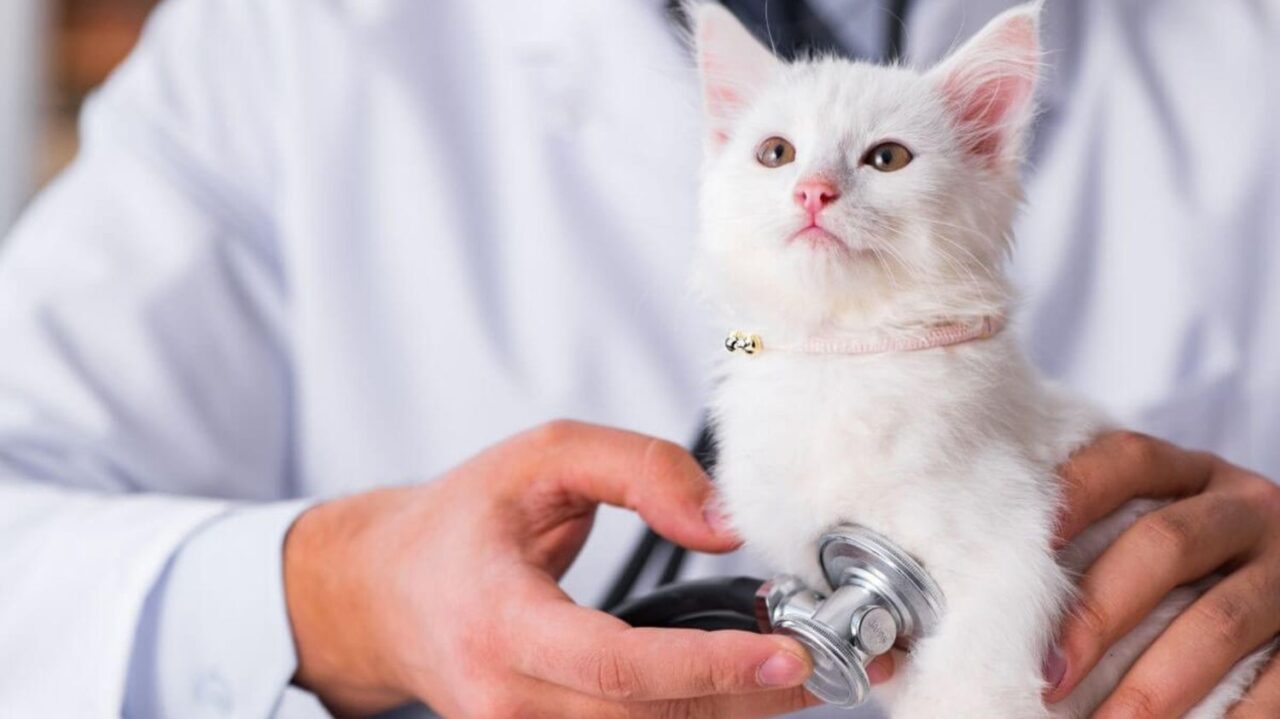📖 Table of Content:
Booking a virtual vet visit has become an essential option for pet owners seeking timely, convenient care for their furry companions. Whether it’s for minor ailments, behavioral advice, or ongoing health monitoring, telehealth services can bridge the gap when an in-person trip isn’t possible. Understanding the process ahead of time can help ensure a smooth, productive experience for both you and your pet.
While virtual vet appointments are convenient, they still require preparation to maximize their effectiveness. Just like traditional visits, vets depend on detailed information, visual assessments, and clear communication to evaluate your pet’s condition. Following a structured approach to booking and preparing for your virtual appointment will help you avoid common pitfalls and ensure your pet receives the best care possible.
This guide outlines the essential steps to take before, during, and after your virtual vet visit. By thoughtfully preparing, you can make the most of the session, feel more confident asking questions, and advocate effectively for your pet’s health. Here’s exactly what you need to know to get started.
1. Choose a Reputable Veterinary Service
Selecting the right veterinary telehealth provider forms the foundation of a successful virtual visit. Start by checking for clinics or services that specifically advertise certified veterinarians and offer telemedicine appointments, not just advice. Read online reviews, visit their websites, and check for clear communication about the services offered, pricing, and emergency protocols. It’s helpful to prioritize services that provide 24/7 support or have flexible hours if you anticipate needing after-hours care. Some platforms even specialize in particular species, which can be critical for exotic pet owners. Trust in your vet is essential, so take a few extra minutes to research thoroughly. Ultimately, choosing a reputable service ensures you’re getting professional advice that prioritizes your pet’s health and safety.
2. Check Appointment Availability
© Planfy
Finding an available appointment at a convenient time is often easier than you think with online veterinary platforms. Many clinics feature real-time scheduling tools on their websites or apps, allowing you to pick a date and time without the need for long phone calls. Take note of whether the appointment slots specify general consultations or specialized services, such as dermatology or behavioral support. Some platforms even offer instant or same-day appointments if you need quick assistance. It’s important to account for time zones if you’re booking through a national or global provider. A clear understanding of when and how long your appointment will be helps you plan ahead and reduces the chance of last-minute stress. Be sure to confirm your appointment via email or text if prompted, as some services require confirmation to hold your slot.
3. Gather Your Pet’s Medical Records
Compiling relevant medical documents before your appointment can significantly streamline your consultation. Instead of scrambling during the call, having your pet’s vaccination history, past diagnoses, medications, and prior treatments easily accessible enables the vet to offer more precise advice. In some cases, platforms allow you to upload these records before the session, providing the veterinarian time to review them beforehand. Photos of any visible symptoms like rashes, swelling, or injuries can also be extremely helpful. Keeping everything organized in a folder, either physically or digitally, prevents important details from slipping through the cracks during the conversation. This step might seem tedious but it’s one of the most powerful ways to ensure an efficient, accurate diagnosis. Your preparation directly influences the quality of care your pet receives.
4. Prepare Your Pet and Environment
Creating a calm, organized environment sets the stage for a productive virtual vet visit. Choose a quiet room with minimal distractions, good lighting, and enough space to handle your pet comfortably if needed. It’s a good idea to have treats, a towel, or a leash on hand, especially if the vet asks you to show certain movements or check specific body parts. Pets can easily become anxious with unfamiliar activities, so keeping their favorite toy or blanket nearby can help ease their nerves. If possible, try acclimating your pet to being handled in specific ways prior to the call, such as gently lifting their paws or examining their mouth. Controlling the environment not only minimizes interruptions but also helps the veterinarian get a clear view of your pet’s condition. A relaxed setting benefits everyone involved in the visit.
5. Test Your Technology
Ensuring that your technology is ready before the appointment avoids preventable frustrations once the consultation begins. Double-check that your internet connection is stable and that your device’s camera and microphone are working properly. Download any necessary apps or plug-ins required for the virtual visit and log into the platform ahead of time to test functionality. It’s wise to close unnecessary programs or tabs on your device to improve performance during the call. Keeping a charger nearby is also smart, especially for longer sessions. Some platforms offer a brief tech-check option before your appointment, which can catch potential problems early. Solid preparation on the technical front allows you to focus fully on your pet and the vet’s advice instead of troubleshooting in real time.
6. Join the Appointment Early
Logging into your appointment five to ten minutes early can make a surprising difference in the flow of the consultation. Those few extra minutes give you time to ensure the camera is positioned correctly, your pet is ready, and all necessary documents or images are nearby. Unexpected login issues or platform updates can sometimes appear at the last minute, and having a time buffer prevents these from eating into your appointment. If the veterinary platform provides a waiting room feature, use it to confirm your microphone and video settings are correct. Starting calmly instead of rushing improves communication and allows the veterinarian to begin assessing your pet without unnecessary delays. Early preparation reinforces to the vet that you value their time and your pet’s well-being.
7. Discuss Next Steps with the Veterinarian
Wrapping up your virtual vet visit effectively involves clear communication about what comes next. As the appointment concludes, confirm any diagnosis, ask for clarification on treatment plans, and request written summaries or prescriptions if needed. Don’t hesitate to ask follow-up questions or voice concerns if something isn’t clear during the discussion. Some telehealth platforms will email you a visit summary automatically, but it’s smart to take brief notes yourself during the call. If the vet recommends an in-person follow-up, inquire about what specific signs should trigger urgency. Knowing exactly how to care for your pet after the visit — whether that’s administering medication, adjusting diet, or monitoring symptoms — ensures you leave the appointment feeling confident and prepared. Taking this proactive approach rounds out your virtual visit with clarity and purpose.







